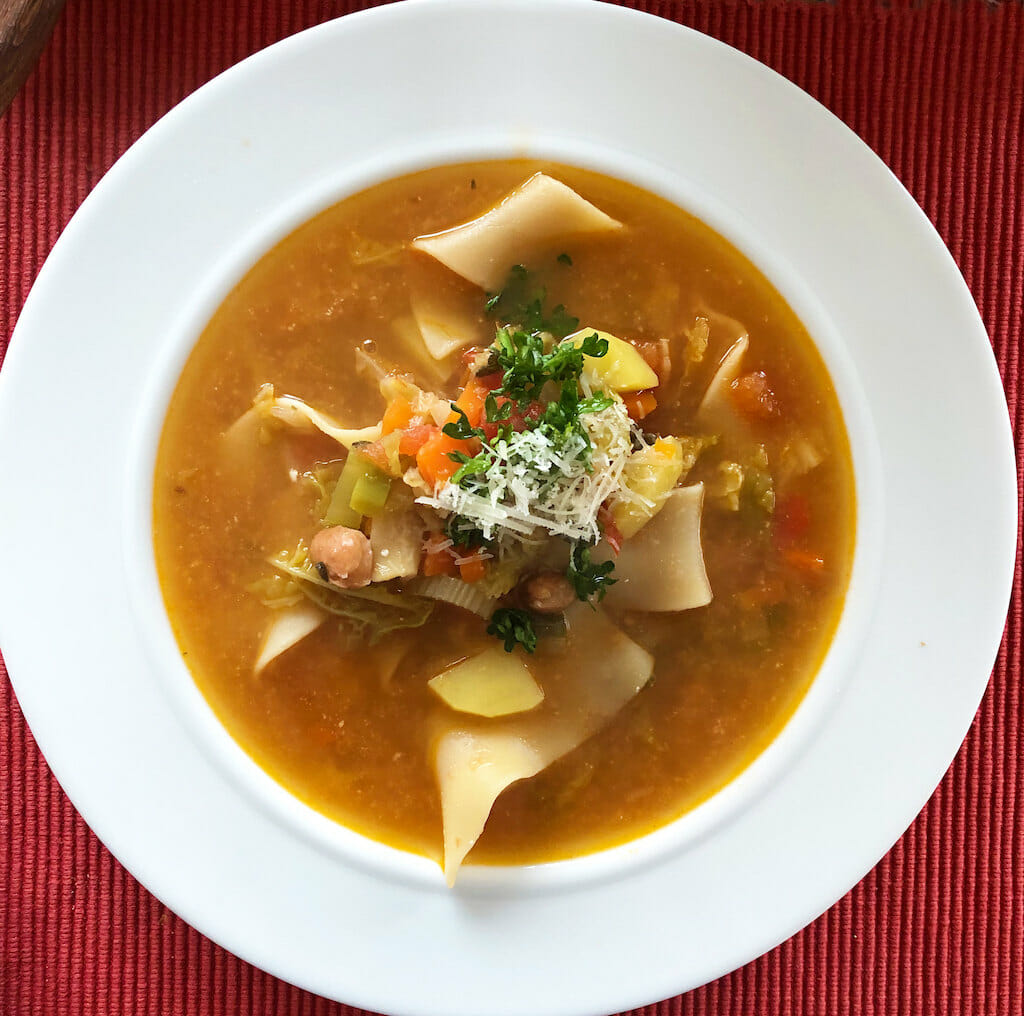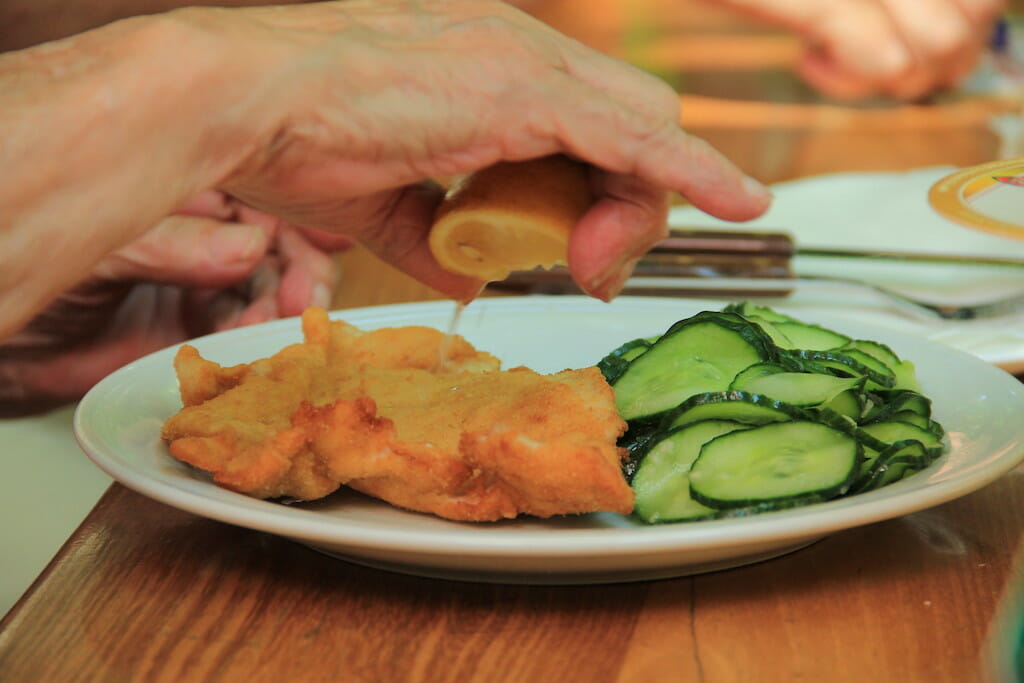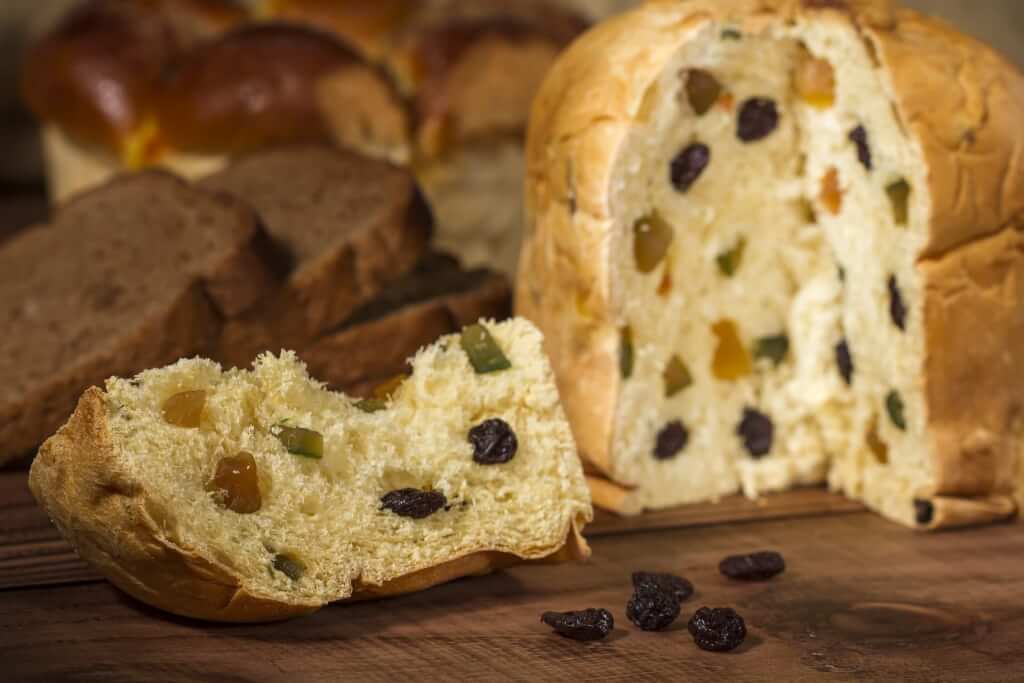
Discover the Best Food in Milan: 10 Authentic Must-Try Milanese Dishes
April 23, 2025
The food in Milan might not be as famous as its gothic cathedral or the city’s fashion scene, but traditional Milan cuisine includes some of the most delicious food in Italy. Stick-to-your-ribs dishes like risotto alla milanese, cassoeula, and cotoletta alla milanese keep you warm in the winter, while the budget-friendly aperitivo is perfect for experiencing not only Milan’s food and wine, but buzzing nightlife, too.
Classic Milanese dishes tend to be simple, hearty, and rich. The best food in Milan is often cooked with butter instead of olive oil (you have the Alp-raised cows to thank for that), plenty of cheese, and breadcrumb fried meats.
Though Milan is often seen as Italy’s own melting pot, with modern-day trends exploding throughout the city and ethnic food widely available, the traditional Milanese dishes are still appreciated and celebrated throughout the city. Just don’t be surprised to see some of these traditional dishes presented in new, innovative ways the next time you go.

Risotto alla milanese – colored with saffron – had to make our list of the best food in Milan. Photo credit: StockSnap
Table of Contents
ToggleThe Ultimate Milan Food Guide
Want to know what to eat in Milan? Here are some of our favorite traditional Milanese dishes.
Aperitivo
Come 7 pm, Milan’s bars and enoteche, wine bars, start bustling. That’s thanks to aperitivo, a northern Italian tradition commonly mislabeled as “happy hour.”
Aperitivo isn’t all about discounted drink specials like happy hour, but about the drink itself (usually priced between €6 and €15) and the food paired with it. Aperitivo menus feature wine, beer, and classic cocktails like a spritz (sparking white wine, a bitter liqueur like Aperol or Campari, and sparkling water) or negroni (gin, vermouth, and bitter liqueur).
Meanwhile, meats, cheeses, vegetables, breads, and other delicacies are served on a small plate along with the drink, or in a more expansive buffet. Though you can find aperitivo buffets throughout Italy, Milan is where the tradition truly shines. Some claim that the famous aperitivo was even invented in Milan itself! So when in the city, do like the Milanese do and sit back and relax with a pre-dinner drink.

Be sure to save some room after aperitivo to try other Milanese food specialties like cassoeula and cotoletta! Photo credit: Jeroen Moes
Risotto alla milanese
This world-famous dish is a creamy mix of arborio rice, saffron, grated cheese, butter, white wine, and chicken stock. This warm staple is a Milanese favorite for its high-quality ingredients like saffron, one of the world’s most expensive spices. Saffron is so often used in Milanese dishes that risotto alla milanese is sometimes simply called risotto giallo or yellow rice, after it’s deep yellow color. Delicious on its own, you might find this dish paired with a fried egg or, even more ubiquitous to the region, ossobuco.
Rice is a prime crop produced in Lombardy’s enormous Po Valley, the wide plain that covers nearly all of southern Lombardy. Because of this, risotto is a staple in any Milanese kitchen. Other classic risotto dishes to try vary based on the season. Try risotto with asparagus in spring, risotto al radicchio, or order risotto ai frutti di mare to get rice served with a heaping helping of fresh seafood.
Ossobuco
Beloved worldwide, ossobuco literally means “bone with a hole” in Italian. Made of veal shanks that are braised until the meat falls off the bone, then cooked with tomatoes, vegetables, and white wine, it’s often accompanied by risotto alla milanese.
For many, the most prized part of the dish is the rich bone marrow inside the hole. Bone marrow spread on freshly-baked bread is the perfect way to finish this rich meal.

Ossobuco served with risotto is a must-try for any visitor to Milan. Photo credit: Dirk Ingo Franke
Cotoletta alla milanese
Cotoletta alla milanese is a thick, fried veal cutlet and need we say, delicious. History has recorded centuries of fights between the Austrians and Italians over who invented this classic dish first (in Austria, the wiener schnitzel is nearly the exact same) but whatever the case, a cotoletta is now a Milanese staple!

Like wiener schnitzel? Then you’ll love cotoletta, a popular dish in Milan. Photo credit: Michela Simoncini
Orecchio di elefante
Another variation of cotoletta alla milanese, this dish’s name means “elephant ear.” It’s a much larger, thinner fried cutlet, topped with tomato salad.
Polenta
A hearty, stick-to-your-bones cornmeal dish that can be served as a second course, topped with anything from a hearty meat stew to cheese to vegetables, or served as a simple side dish. Polenta derives from the area’s cucina povera, or homemade cooking with poor, simple ingredients, but is still beloved today. Popular polenta recipes include adding in meat ragù, sausage and mushrooms, gorgonzola, or butter.

Throughout the country, polenta can be eaten baked, fried or grilled. In Milan and northern Italy, the dish is often topped with a savory protein like stewed meat. Photo credit: Max Griss
Trippa alla milanese
Many centuries ago, Milanese ate this dish to celebrate special occasions, particularly after midnight mass on Christmas. Also known as busecca in Milanese dialect, this soup is a hearty blend of high quality tripe, pancetta, white beans, vegetables and grated cheese.
Traveler’s tip: Enjoying any one of these traditional Milanese dishes would be a great way to cap off a wonderful tour of Milan. If you’re looking to explore the Duomo and the Last Supper, make sure to check out our Best of Milan Walking Tour. Thanks to our skip-the-line tickets, you’ll see everything there is to see without the hassle of waiting in the crowds.
Minestrone alla milanese
Most of Milan’s cuisine tends to be rich, so this is a great option on the lighter side: it’s a classic vegetable soup made with a medley of vegetables and sometimes flavored with pancetta. Ingredients depend on what’s in season. The soup is served piping hot in the winter months, but you’ll also find it served lukewarm in the summer.

Minestrone alla milanese is one of the ultimate comfort foods, especially in colder months. Photo credit: Rosmarie Voegtli
Panettone
A fluffy, sweet bread filled with candied fruit and raisins, sometimes accompanied by a mascarpone cream sauce. This dessert, a Christmas staple, is usually brought as a gift during the holiday season. On February third, Italians commemorate San Biagio (Saint Blaise); tradition has it that eating a slice of dry, leftover Christmas panettone for breakfast will ward off the flu and protect your nose and throat.
We’re not sure if this will protect your health, but we do like any excuse to dig into panettone and other Italian Christmas treats and cakes!

Panettone is a typical Christmas treat in Northern Italy, and hands-down some of the best food in Milan! Photo credit: guanabarino
Cassoeula
Another one of our picks for the best food in Milan is cassoeula. The trick to making this pork, sausage, and cabbage stew? Leave no part of the pig behind. Milan’s answer to a classic casserole, the cassoeula includes the ribs, tail, ears, and even head of the pig! While there’s no debate over including offal, chefs do argue over whether or not to add tomato sauce.
Where to Eat Milanese Cuisine in Milan
Milan is not a very large city, but it does have quite a few neighborhoods, each with their own distinct vibe. If you’re just beginning to decide where to stay in Milan, there’s no shame in picking a accommodation in a fabulous area that meets your food needs as well.
-
Brera – Perhaps Milan’s most chic area, Brera is in central Milan and as picturesque as it gets. Known for its cobblestone streets that line its vibrant shopping area, it also has a great mix of sidewalk cafes, traditional trattorias, and stylish restaurants.
-
Navigli – A hotspot for Milan social life, Navigli is, without a doubt, the best place to go for aperitivo. Located right on the canal, you can choose from any number of casual bars and restaurants, most with terraces looking out over the canal. The area is also known for its thriving thrift-store scene and vibrant nightlife.
-
Isola – Known as one of Milan’s hottest new areas, Isolo has become a magnet for art lovers who love to eat. Just a north of the city center, tourists and locals flock to this area to check out the creative street art before enjoying a delicious meal at any one of the many bistros and hip dining spots.
-
Porta Romana – Although more of a residential area just south of the center, Porta Roman has some excellent authentic trattorias and trendy cocktails bars that are definitely worth exploring.
Milan Dining Tips
-
Reservations are usually recommended: If you are exploring the city and want to play lunchtime by ear, it’s a bit risky, but you’ll most likely find a place that can accommodate walk-ins. But, if you really want to try Milan’s top restaurants, its better to make a reservation, especially for dinner and on the weekend.
-
Cover charge (coperto): Although most places don’t even ask if you want bread, they will place it on the table and charge you coperto, which is a small fee on the bill for bread/service. If you don’t want the bread, feel free to tell the waiter and they won’t charge for it.
-
Tipping: Tipping is usually not required or expected in most cafes, bars, or restaurants. But if you have a nice meal with particularly great service, a few extra euros is appreciated by the staff.
-
Late dining: Prepare to eat late dinners in most of Italy, but especially in Milan and especially in the summertime when the sun sets very late. Locals typically eat dinner eat around 8 PM, but it can start later. And don’t be surprised to see people at lunch and at dinner time enjoying a very leisurely meal that lasts hours. Enjoying a good meal in Italy is definitely time-consuming. Enjoy it!
Milanese Dishes FAQ
What are the signature Milanese dishes?
Milan is renowned for its culinary heritage, including signature dishes such as Risotto alla Milanese, Cotoletta alla Milanese, and Panettone. Each dish offers a unique flavor that reflects traditional local cooking techniques and seasonal ingredients.
Where can I experience authentic Milanese cuisine?
Authentic Milanese cuisine is best enjoyed at traditional trattorias, historic ristorantes, and lively local food markets in the city center. Look for restaurants that focus on traditional recipes and locally sourced ingredients.
How has Milanese cuisine evolved over time?
Over the years, Milanese cuisine has blended traditional methods with modern culinary trends. While preserving time-honored recipes, contemporary chefs are reinterpreting classic dishes to appeal to today’s food enthusiasts.
What makes Risotto alla Milanese unique?
Risotto alla Milanese stands out due to its vibrant saffron-infused color and rich, creamy texture. The careful balance of the saffron flavor, combined with high-quality rice and broth, creates a dish that is both elegant and satisfying.
Can I find Milanese dishes outside of Milan?
Yes, many Italian and international restaurants outside of Milan have embraced Milanese cuisine. Look for menus that highlight traditional dishes or regional Italian specialties to get a taste of Milan’s culinary traditions.
Milan might be the most under-appreciated city in Italy. But if you’re the type of person who likes to step off the well-trodden tourist path, it’s one of the most rewarding to visit. Milan is packed with wonders, but let’s be honest, nobody comes here without seeing the Duomo and the Last Supper. If you want to see these two world-famous landmarks, check out our Best of Milan Tour with the Duomo and the Last Supper. Skip-the-line access to the Last Supper and the spectacular Duomo let’s you enjoy both without the crowds.
by Elena Ciprietti
View more by Elena Ciprietti ›Book a Tour

Pristine Sistine - The Chapel at its Best
€89
1794 reviews

Premium Colosseum Tour with Roman Forum Palatine Hill
€56
850 reviews

Pasta-Making Class: Cook, Dine Drink Wine with a Local Chef
€64
121 reviews

Crypts, Bones Catacombs: Underground Tour of Rome
€69
401 reviews

VIP Doge's Palace Secret Passages Tour
€79
18 reviews

Legendary Venice: St. Mark's Basilica, Terrace Doge's Palace
€69
286 reviews









